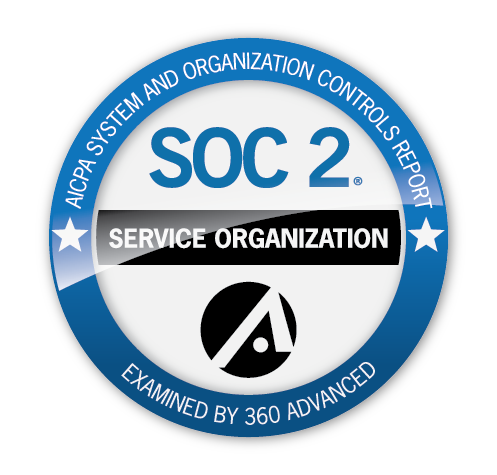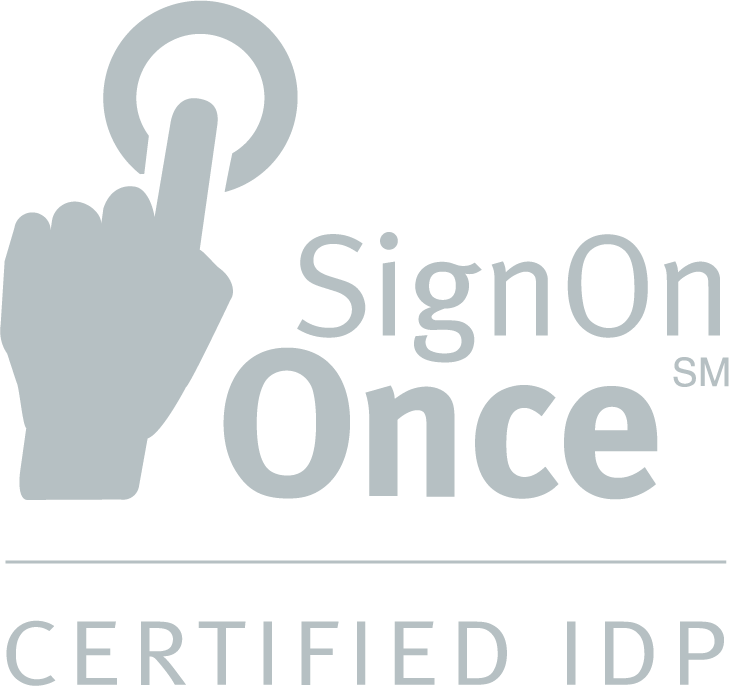
By James Thom
Insurance, like most other industries, experiences cycles, and in the last year we’ve started to see the hardening of the P&C market. Rates are increasing and coverage is getting harder to obtain across many lines of business. This is in contrast to the long soft market cycle we have experienced for much of the past decade. Agents and brokers need to adapt to this changing market environment. Technology can play a critical role in helping you serve as risk advisors to your customers while driving efficiency.
What is a hard market?
Hard markets are defined by increasing premiums, stricter underwriting criteria, and reduced capacity. For your customers that translates into higher prices for renewed coverage and potentially reduced coverage for certain risks.
Insurance markets may harden for many reasons, but some of the driving factors insurers now face include:
- A spike in losses driven by “social inflation,” categorized in part by a growing trend in “nuclear” jury awards against corporations, an increase in class-action lawsuits, and third-party litigation funding. For example, in the D&O market, the number of shareholder class action lawsuits per year has doubled in less than three years even while average settlements have remained consistent—leading to higher annual loss severity for insurers.
- Near-record high catastrophic losses in 2017 and 2018 due in large part to increasing natural disasters like hurricanes Harvey, Irma, Maria, and Michael and the California wildfires.
- A prolonged soft market during the past six or seven years, which featured stagnant or declining rates across many lines, increasing the pricing pressure on insurers.
These factors impact the combined ratio of insurers, pushing them to adjust their approach and re-establish profitability. Given the evolving impact of COVID-19, we can expect this to also influence carrier pricing decisions as they deal with potential losses and reduced demand due to an economic downturn.
Impact on independent agents
The role of the agent or broker is even more important in a hard market. Clients are likely to be annoyed by rate increases and start shopping for options. At the same time, underwriters who are underwater with submissions may be slower in responding. Fundamental practices of the agent are more critical than ever and investing time and resources into the right tools can help drive an agent’s value-add to clients and carriers.
Importance of risk advisory and mitigation
As insurance products become more expensive, your customers will expect you to provide more value. Positioning yourself as a trusted risk advisor helps customers reduce their risk and prevent losses before they happen.
Get to know your customers’ business and help identify gaps that leave them open to risk. It could be anything from lax workplace safety practices to a nonexistent information security strategy. By helping your customers identify areas of risk and possible solutions, you provide a valuable service and reduce the likelihood of loss.
Technology and data insights can play a vital role in ensuring you are positioned to provide the right advice at the right time to help clients navigate and mitigate their risk. Examples include:
- Knowledge Tools. Industry knowledge resources abound – leveraging those that fit your market profile can provide the training and tools needed to properly understand a client’s risks and the coverages needed to manage them.
- Value-added services. Risk management solutions, benefits administration, legal services and many more products can be provided to your customers that strengthen your relationship beyond core insurance products.
Get serious about your carrier relationships
As the insurance market continues to harden, it’s more important than ever to have strong partnerships with your carriers. When carriers know and trust you, they will take better care of you in turn. So, if you’re used to constantly shopping around to maximize your commissions, it’s time to rethink your strategy.
Building a strong relationship considers both people and business needs, including:
- Data collection. Invest in technology that improves the quality of your submissions, including tools that streamline data collection, and solutions that can prefill applications with frequently requested information. These technology-backed solutions will help you provide cleaner data to carriers—and may have the added benefit of creating efficiencies for you.
- Market guides. Build your understanding of a carrier’s risk appetites. Appetite guides are an essential tool to help you appropriately place business at the best rates—and carriers will respect your efforts to place business that is in line with their portfolio preferences. Tools in market that aggregate appetites into a single source can help you build an even stronger understanding of where risks should be placed.
Re-examine workflows to drive efficiency
Hard markets typically mean more work – clients are going to be shopping around and it may take more submissions to find the best coverage. If you’re not set up with the right tools, that could mean duplicate data entry across multiple platforms (both yours and the carriers). Look for ways to redesign your workflow and take advantage of technology platforms (some of which you likely already own!) to streamline the process.
If you’re using a management system, ensure you’re reviewing the latest releases and re-engaging in training and best practices to make sure you’re getting the most out of it. At Vertafore, we’ve invested heavily in our customer success and training practices but are consistently surprised at the new efficiencies clients can create by reviewing how they’re using our solutions.
Hard markets are a question of “when” rather than “if.” Last fall, experts were predicting increased challenges to the market, perhaps extending through 2020 into 2021—and those predictions predated the fluxes and uncertainty we’ve seen from the COVID-19 pandemic.
The good news for agents and brokers is hard markets are an opportunity to strengthen relationships with end-insured as they look for advice. The investments you make now in a hard market will pay dividends when the markets soften. Take the time to examine your processes. If you can do well in a hard market the sky’s the limit. Buckle down, tighten up, and be highly competitive.
James Thom leads Vertafore’s Corporate Development team and guides the company’s relationship with other Insurtech companies through our Orange Partner Program. James joined Vertafore in 2017 from a career at McKinsey & Company in its New York and San Francisco offices.


